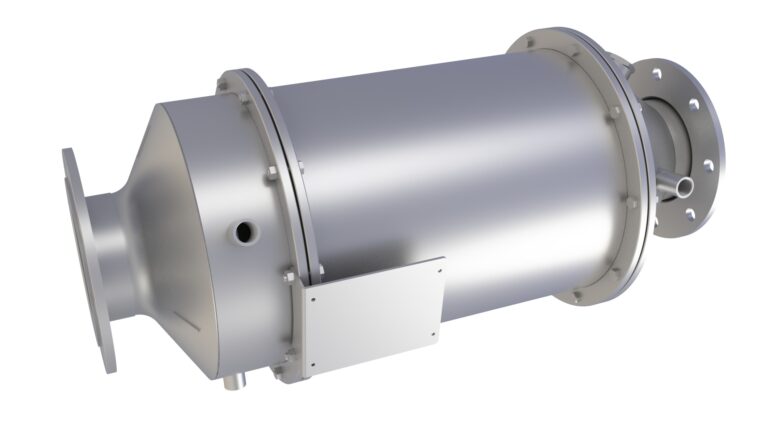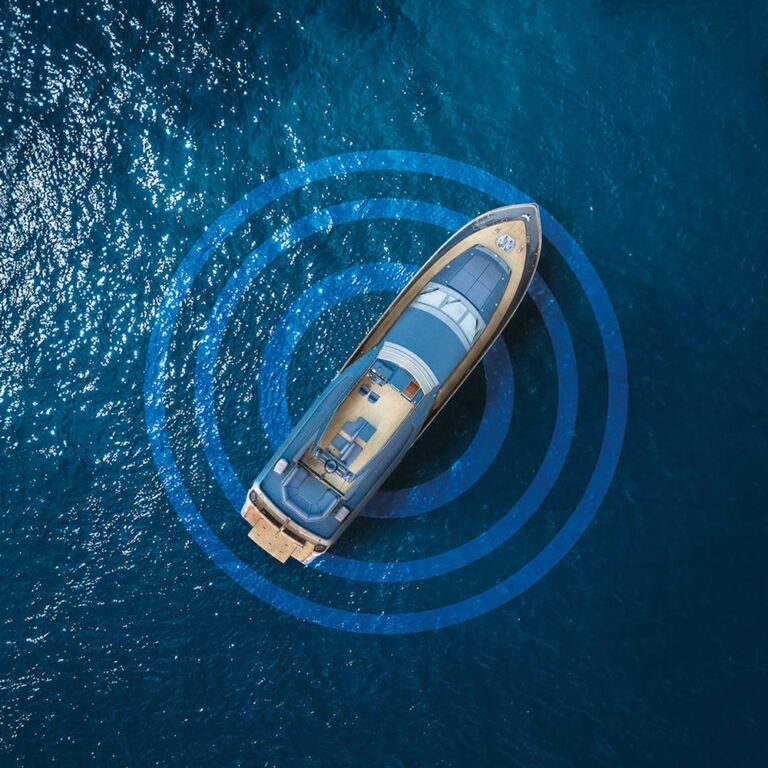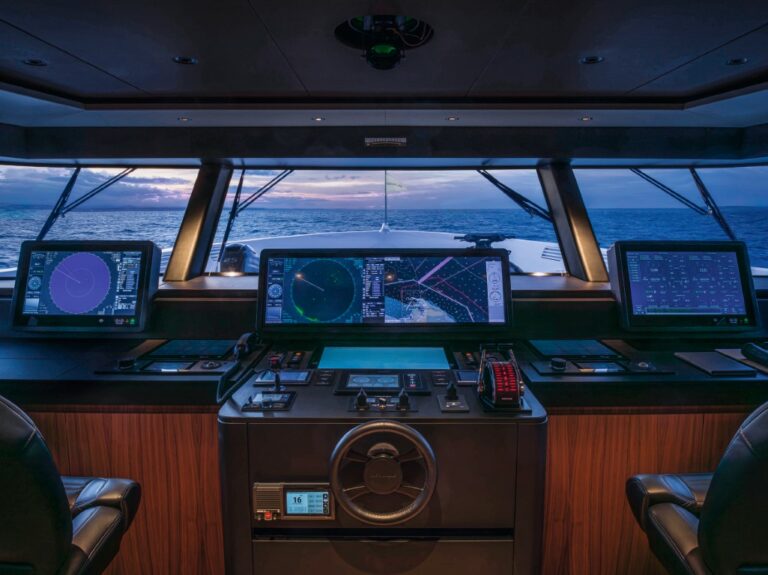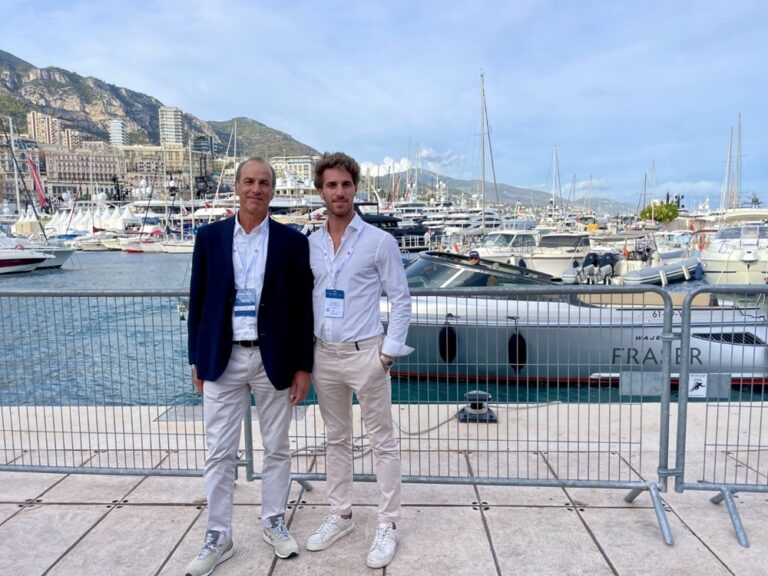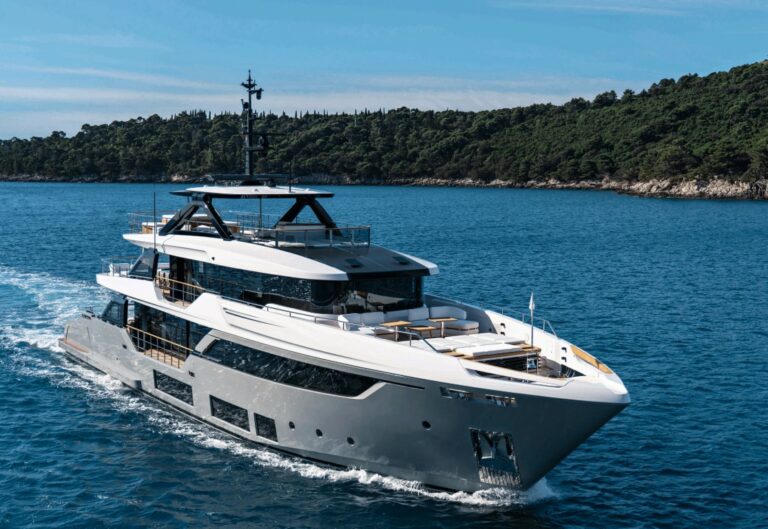The Italian superyacht refit sector succeeds (mainly) thanks to its flexibility
The quality gap between Italian shipyards and their European competitors was finally filled. Italian shipyards only need to improve their promotion activities by taking collective action abroad
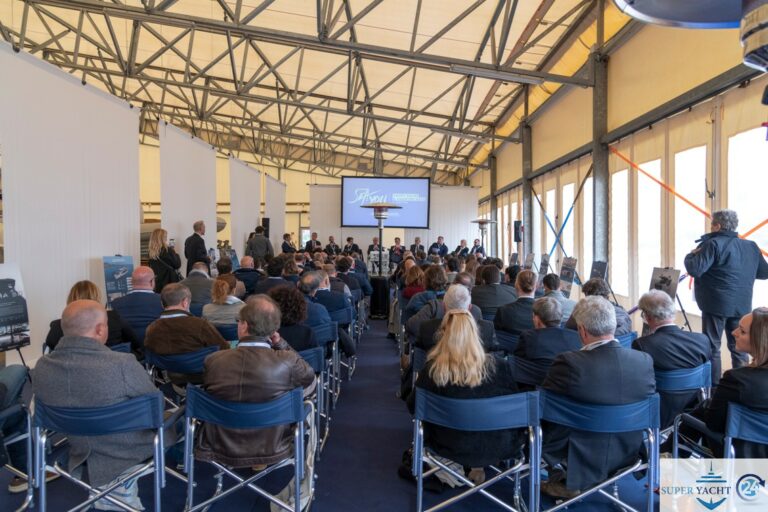
Genoa – there are no longer quality differences between yacht refit works carried out in Italy or in other European countries. In fact, Italian shipyards are often doing better than others. This significant change already occurred in the newbuildings market, and it forcefully established itself also in the refit industry. However, in order to take a further and final qualitative leap, Italian shipyards still need to improve in some areas, such as in the way they present their offers and promote their activities. This would allow Italian players to better exploit the (possibly unique) opportunities provided by the current situation, as the world’s fleet reached it highest size ever in terms of numbers, and above all as in future years it will definitely and progressively increase even further (according to the new orders already placed for newbuildings). Besides their ability to carry out very complex works in a technically perfect way, the Italian shipyards’ trump card is definitely their flexibility as it allows them to manage in the best way possible unexpected situations, ongoing project changes and also the typical emergencies that characterise the refit sector, especially as regards large yachts. Infrastructures (adequate regulations concerning marinas) and training (for specialised workers, masters and crews) are also key factors to focus on in order to speed up the development of this exciting and challenging niche boating industry as it requires many skills.
These are the most important aspects highlighted during the second SUPER YACHT 24 forum focusing on “Super yachts refitting: an Italian excellence to be defended”, which was held at Marina Genova during the first day of the SeaYou event.
Chaired by SUPER YACHT 24 Editor in chief Nicola Capuzzo and with the participation of European Superyacht builders association (SYBass) technical and environmental director Lorenzo Pollicardo, the forum hosted all the major representatives of the Italian refit segment, who spoke before their attentive business operators audience including masters, brokers, yacht managers, owner’s representatives, insurers and lawyers.
Marina Genova CEO Giuseppe Pappalardo recalled the difficult beginnings of the Sestri Ponente infrastructure, which was opened in 2007, as well as the inability of port operators and other boating operators to network, which has been solved almost completely with the establishment of the Genova for Yachting association including almost sixty members and effectively dealing with institutions in order to formulate the requirements of their sector. Pappalardo pointed out that, despite what some think, marinas and refit shipyards provide complementary services and that the overall growth of the sector depends on an increasingly close collaboration between them: “It is a virtuous circle: yachts, even large ones, stop at marinas either before or after the completion of refit works in close-by shipyards, together with their masters and crews, thus increasing numbers for all businesses”.
Confindustria Nautica studies centre director Stefano Pagani Isnardi provided some figures regarding the refit sector, which currently amounts to approximately 10% of the 3.73 billion turnover of the boating industry, where Italy ranks first worldwide, especially in the high-end segment. In fact, Italian newbuilding shipyards manage about 50% of the number of orders for yachts over 24 meters in length.
Genova for Yachting president Giovanni Costaguta recalled the fast growth of the association, which was established in 2017 and doubled the number of its members in some five years, currently boasting a 340 million turnover and 1,980 employees, with a significant positive effect on the territory that was only slowed down by exceptional events such as Covid and the war in Ukraine, causing Russian shipowners to “disappear”.
“We suffered more damages as a result of the prohibition of stay for periods longer than 90 days imposed on extra-EU seafarers, which definitely favoured our French and Spanish competitors”, pointed out Costaguta, emphasising the need for companies to have more certainties about infrastructures and new available areas as well as about the possibility of favouring the generational shift in specialised workforce, which is still facing difficulties. As concerns training, Costaguta announced the establishment of a new sea school, as well as the first “Career day” scheduled in May.
Tankoa Yachts CEO Vincenzo Poerio explicitly asked for more attention to the shipbuilding sector on the part of Italian institutions as this sector can generate employment with a unique multiplier in the business scenario: “In the Cornigliano areas, close to former Ilva steelworks, only 100 people are employed in a 1 million sq. m surface. Nobody prepares proper business plans centrally; in Italy there are many unused or underutilised areas”. Poerio also emphasised the importance of the Higher Technical Institutes’ (ITS) role in training, as they are the only ones that can put young students in contact with companies and ensure the adequate training of those medium level professionals needed all over Italy. Tankoa CEO also renewed his call to increase collaboration between Italian shipyards in order to face foreign competitors together.
SYBass President Pollicardo observed that Italy was the last country to suffer from the recent crisis as well as the first one to recover from it, adding that this did not happen “by chance”, rather it proves the solidity and resilience of the Italian boating industry. “As concerns attention to sustainability, and especially the ability to regard it as an opportunity for the shipbuilding sector, rather than as an obligation, we did not keep up the pace”, Pollicardo pointed out, warning Italian players about the need to meet the increasing demands of shipowners, especially new-generation ones, regarding environmental protection.
Master Gian Paolo Abis shared his interesting experience as owner’s representative and project manager of a 40 meters long megayacht refit project which is being carried out at the Amico & Co. shipyard in Genoa. The latter was chosen after a selection process including 20 shipyards, five of which are American, as the boat was in the US. “For our boat, which had to undergo a complete refit, we needed a well organised and flexible shipyard”, explained Abis. “The quality that Italian shipyards can ensure is well-known and consolidated. Probably foreign competitors are more aggressive and skilled in presenting their offers in commercial terms. In particular, North European shipyards emphasise the strict timeline of projects and are very meticulous about it, but they lack the flexibility that characterises refit activities, since they require great customisation and ability to adapt also after the project has been approved and started. In fact, shipowners often change their minds rather quickly, and they want their requests to be met”, clearly added Abis.
Daniele Di Giampaolo, in his capacity as representative of the shipyard selected for the order, pointed out that Italian shipyards hold the first positions in the world’s ranking also as concerns refitting. Amico & Co. Sales Director, who also collaborates with several foreign shipyards, declared that competition is no longer only a question of prices: “We are not regarded as cheap, but we made several investments, especially in our internal know-how, from which we are now benefitting: we carry out carpentry, woodworking and other works in-house; at present, design ability makes all the difference”, Di Giampaolo concluded, adding that he is sceptical about the importance of sustainability in the retrofit sector, at least in the short term.
On the other hand, the task that Paolo Vitelli (Azimut Benetti Group) entrusted to Giorgio Casareto was clear from the very beginning: turning Lusben into the first refit shipyard in Italy. Being the historical right-hand man of the Turin family, general manager Casareto is leading the company towards the end of the first year of its challenging 4-year development plan in Lusben, providing for the doubling of volumes. For now, everything is going according to schedule: “We are expanding our production site in Livorno, and in September we will have 10,000 additional square meters for our new season. We are equipped also for gigayachts, since we can count on a 180 meters long floating dock with a capacity of 18,000 tons. However, infrastructures are not the only key factor for this kind of boats. I believe that, together with our Italian colleagues, we should present our own shipbuilding model. As concerns organizational aspects, we are slightly lacking, but we are good at managing unforeseen events”. Casareto, who manages also the Varazze Marina, strongly believes in the synergy between tourist ports and refit shipyards: “The overall market is growing, therefore we can work together”. He also exhorted the Italian refit shipping industry to launch a joint marketing and promotion initiative in order to achieve more results, since in upcoming years a significant work flow is expected.
Pesaro-based Rossini shipyard director Alfonso Postorino – representing an excellence but also the only significant refit shipyard in the Adriatic area – criticized Italian institutions: “The Marche region has been a reference boating hub since the Seventies as it hosts several important newbuilding shipyards, but I regret that almost none of the units we build remain in Italy. Unfortunately, there are not enough ports and moorings. While in Liguria and Tuscany the offer is adequate, as you go down along the Tyrrhenian sea the situation gets worse, and along the 1,000 km of Adriatic coast we do not have a proper marina for megayachts such as the one they have in Montenegro”. Postorino recalled that the project to create a marina in Civitanova Marche was rejected from the start, while at present they are evaluating a similar idea in Vlorë (Albania), and he concluded by pointing out that very few yachts have Italian crews and that, in fact, this is another aspect to take into consideration in order not to miss significant opportunities for Italy, “as it is already penalised by the fact that almost all yacht management companies are headquartered in the French Riviera”. Having more Italian masters and crews would ensure the presence of a greater number of pleasure boats along Italian coasts during the low season.
Federica Lunardi, representing the Viareggio-based shipyard Giangrasso – which in the past years recorded a significant growth, so much so that it is about to enter the newbuildings segment – effectively declared: “We developed a lot thanks to our investments in staff training, and at present we carry out many key works in-house. We provide all design and manpower, and this allows us to reduce times in achieving our objectives”. The highly technical nature of our shipyard (its founder Bartolomeo Giangrasso is a naval engineer and he worked as chief engineer) also results in the significant involvement of our workforce, as confirmed by the high-end works we carry out on increasingly significant yachts.
Seamotion’s representative Susanna Corsagni explained the refit project of a 48 meters long sailing yacht built in 1993 by Perini Navi, which was entrusted to the Lusben shipyard and managed closely by master Roberto Sanna: the boat, which was renewed completely, will sail for a “world tour” lasting from 3 to 5 years. Moreover, the boat classification will have to be changed from private use only to private and commercial use since during the stops scheduled for the tour it will be chartered out. These significant works will require several months.
Finally, refit legal aspects were addressed by lawyer Cecilia Vernetti of the law firm Camera Vernetti, with special focus on the sensitive issue of change orders, i.e. the changes to the initially agreed projects, that can pose the most critical challenges during the relationship between customer and shipyards. Several stakeholders present at the forum observed that, in other to face these situations, Italian shipyards mainly rely on their own resources, without interrupting works. However, they then find it difficult to draw up the subsequent accounting reports, thus creating possible risks that the incomplete relevant regulation does not contribute to eliminate.
CLICK HERE IN ORDER TO RECEIVE SUPER YACHT 24’S NEWSLETTER REGULARLY


